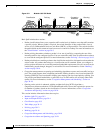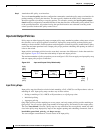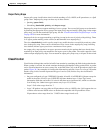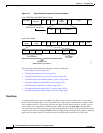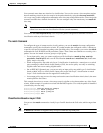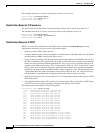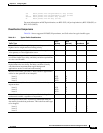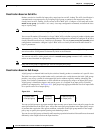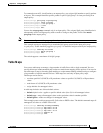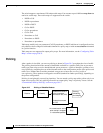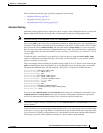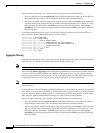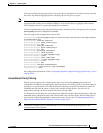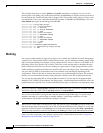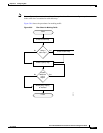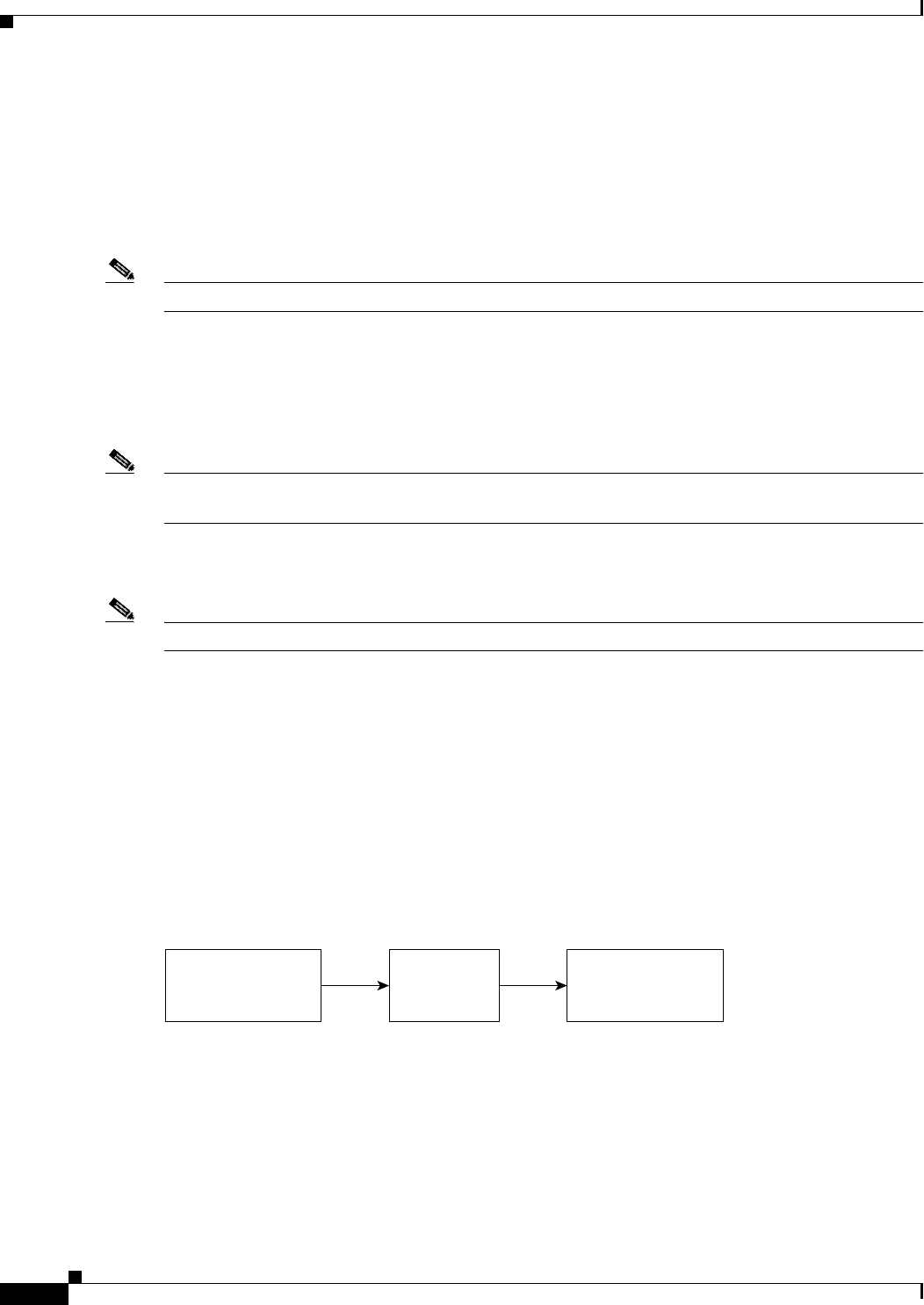
30-10
Cisco ME 3400 Ethernet Access Switch Software Configuration Guide
78-17058-01
Chapter 30 Configuring QoS
Understanding QoS
Classification Based on QoS ACLs
Packets can also be classified in input policy maps based on an ACL lookup. The ACL classification is
communicated to an output policy by assigning a QoS group or number in the input policy map. To
classify based on ACL lookup, you first create an IP or MAC ACL. Configure a class map and use the
match access-group {acl-number | acl name} class-map configuration command, and attach the class
map to a policy map.
Note You cannot configure match access-group for an output policy map.
You can use IP standard, IP extended, or Layer 2 MAC ACLs to define a group of packets with the same
characteristics (a class). You use the access-list global configuration command to configure IP ACLS to
classify IP traffic based on Layer 3 and Layer 4 parameters. You use the mac access-list extended global
configuration command to configure Layer 2 MAC ACLs to classify IP and non-IP traffic based on
Layer 2 parameters.
Note You cannot match IP fragments against configured IP extended ACLs to enforce QoS. IP fragments are
sent as best-effort. IP fragments are denoted by fields in the IP header.
You can use only ACLs with a permit action in a match access-group command. ACLs with a deny
action are never matched in a QoS policy.
Note Only one access-group is supported per class for an input policy map.
Classification Based on QoS Groups
A QoS group is an internal label used by the switch to identify packets as a members of a specific class.
The label is not part of the packet header and is restricted to the switch that sets the label. QoS groups
provide a way to tag a packet for subsequent QoS action without explicitly marking (changing) the
packet. You can then communicate an ACL match from an input policy map to an output policy map.
A QoS group is identified at ingress and used at egress; it is assigned in an input policy to identify
packets in an output policy. See Figure 30-3. QoS groups help aggregate different classes of input traffic
for a specific action in an output policy.
Figure 30-4 QoS Groups
You can use QoS groups to aggregate multiple input streams across input classes and policy maps for the
same QoS treatment on the egress port. Assign the same QoS group number in the input policy map to
all streams that require the same egress treatment, and match to the QoS group number in the output
policy map to specify the required queuing and scheduling actions.
You can also use QoS groups to identify traffic entering a particular interface if the traffic must be treated
differently at the output based on the input interface.
1. Classify trafic
2. Set qos-group
141152
Switching
functions
1. Match qos-group
2. Output policy



